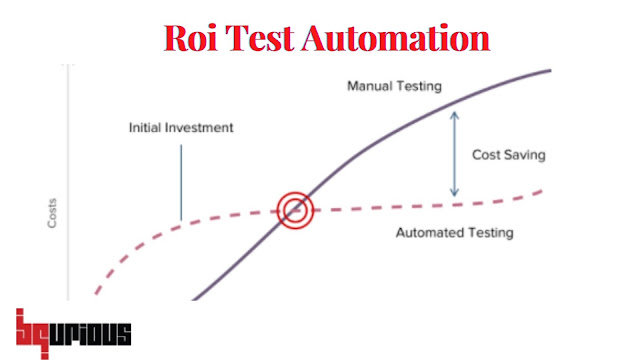5 Tips and Best Practices for Automated Testing
In this digital age test automation is demanded more than ever before. It is vital to the development of a software application or product. A rigid single approach is not smart. Teams must be flexible enough to change strategies in accordance with the requirements. But, there are some best practices that can yield positive results, regardless of the scenario.
Following the latest test automation best practices will help you maximize your ROI by reducing development times by reducing repetitive, time-consuming tasks, and enhancing the quality of your software.
Automated Testing Best Practices to Follow:
1. Decide the Test Cases
If you do are able to automate testing, do not implement it across all tests. Find out what tests you are able to automate while relying on tests that are manual for other cases.
Here's how you can do this. Test cases that don't require repeated testing can be performed by hand. Automate testing for cases that are lengthy complex and require frequent testing.
In addition, you can use your knowledge to choose the Sprints that are subject to the highest human errors. Automating them could reduce the rate of error. In addition, automated tests require many data sets, and are difficult for humans to carry out.
2. Select the Right Tools for Automated Testing
Know your needs to select the appropriate tool for testing. There are a variety of automated testing tools that are available on the market. There are many tools that will not be suitable for your requirements This means that you can't pick the right tool by chance.
Conduct your own research and match the features to your needs. The features you should look for include:
Support and compatibility with the technology and platforms you're using to build the solution. For instance, you may use .NET, JavaScript, Rect, MongoDB, etc. in various aspects of creating the solution.
Does the platform for testing you choose to use have compatibility with it? Additionally, the tools you use for testing can be different depending on the platform you're creating the application for, including iOS, Android, Windows, and so on.
Then, assess the skills of your team to use the tools for testing and then write the test script. What is the best way to help the Quality Assurance department execute the tests?
Make sure before you use a tool that it is able to create reusable automatized testing programs. Also, be sure to check that the tool that you're using is simple to use and maintain.
In the end, you need to select the tool that will easily be integrated into your existing development environment. This is not limited to the development tools, but also tools for CI/CD like Jenkins, Azure, etc.
3. Delegate the Tasks According to the Person's Skills
Don't put everything to one person Even if you're employing automated tests. Split the tasks of testing among different people depending on their understanding of the software and the whole exercise.
The use of a proprietary tool is simpler than working with an open-source one since the process of scripting and creating automated tests is more difficult in the former than in the first. The ability of team members to utilize the tools is dependent on their expertise.
4. Create Good Quality Data and Wisely Assign Test Automation Efforts
Utilize and collect external data from tests that have metrics for automation that are simple to maintain and reusable. They can be easily extended by adding new data, without changing or interrupting the automated test to be used in the event that the necessity arises. Also, make sure you assign the correct assignments and access to data to teams that have distinct skills. All in all, let your teams to explore innovative ideas and come up with ways to speed up testing dramatically.
5. Envision Results, Analysis, and Reusability
Prepare For Uncertainties. Before you begin the test automation, think about results, analysis, as well as the possibility of reusing automated tests. Create a solid plan to be proactive in analyzing tests that may fail, and the right backup solution for fixing the issue. This will help you enhance software or programs when faced with a risky situation. A tool for automation that allows reusability can help reduce time and effort spent on repeated testing and execution tasks. It aids in attaining the stability that is desired by using older works as well as their archives.
Test automation best practices open the way for the successful implementation of your automation strategies for testing. The test domain is a delicate area that can lead to numerous errors that cost expense. Implementing the best practices mentioned above can help you avoid the most mistakes and help you make your tests quicker, more efficient, and more profitable. At Avo we create modern solutions for testing that are compatible with modern methods of testing. For more information on tests automation solutions like ROI in testing, salesforce testing automation, go to bqurious.
Note: This post is originally published at https://medium.com/@govindbqurious/test-automation-best-practices-and-tips-1ab8db3b7217



Comments
Post a Comment